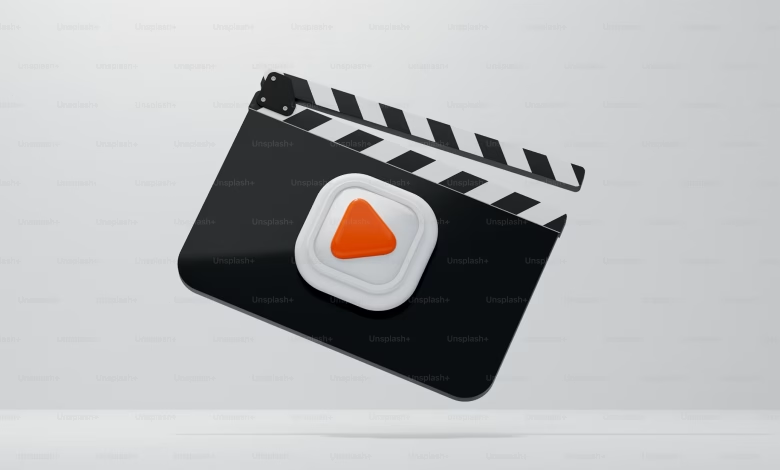
Google’s Veo 3 is marking a significant turning point in the AI video generation landscape. While the industry has been focused on refining text-to-video capabilities, Veo 3 introduces a groundbreaking “start frame” feature that shifts the paradigm toward a more intuitive, visual-first approach. Among its most powerful capabilities is the ability to generate complex video sequences by simply annotating a starting image.
This article explores this emergent feature in-depth, showcases other creative techniques using the start frame, and highlights how this technology is becoming accessible to creators everywhere.
The Power of Annotated Images: Directing AI with a Pen
One of Veo 3’s most exciting discoveries is its capacity to interpret and execute instructions drawn directly onto a source image. This visual prompting method eliminates the often-tedious process of “prompt engineering,” allowing users to communicate complex spatial relationships and actions in a way that text alone cannot capture. It’s an intuitive bridge between human visual intent and machine execution.
A compelling example was recently shared by Google Labs, demonstrating this powerful capability in action:
Here, hand-drawn notes like “add a window” or “change pants to white baggy pants” on a static image were flawlessly translated into a dynamic video sequence. This method provides creators with an unprecedented level of granular control.
The process to replicate this is surprisingly straightforward:
- Select a Base Image: Start with a clear image that sets your scene.
- Annotate Your Vision: Using any simple image editor, draw arrows, circle objects, and write text to specify actions (e.g., “astronaut walks left,” “car drives away”).
- Provide a Brief Contextual Prompt: A short text prompt like “execute the changes on the image” can help guide the model.
- Generate the Video: Once prepared, the annotated image can be used on platforms that support the technology. For instance, creators can access these advanced start frame capabilities through services like Veo 3 to bring their visual instructions to life.
Another complex example shared on Twitter illustrates the model’s ability to understand sequential and interactive instructions within a single frame:
In this lunar scene, detailed annotations like “lunar rover drives in” and “VTOL craft lands” were interpreted to create a coherent narrative with multiple moving elements, showcasing a deep understanding of spatial and temporal relationships.
Expanding the Creative Toolkit: Other Start Frame Techniques
While visual annotation is a game-changer, Veo 3’s start frame functionality offers a suite of techniques for diverse creative workflows.
1. Direct Text Overlays for Clear Instructions
For more straightforward actions, users can simply write text instructions directly onto the start frame. Phrases like “sun sets over the horizon” or “turn on the city lights” overlaid on an image provide clear, unambiguous direction for the AI.
2. Multi-Frame Storyboarding for Complex Narratives
Veo 3 can process multiple start frames to construct a more complex story. By uploading a sequence of images—each with its own annotations—creators can storyboard a scene transition, character development, or a multi-stage event, which the AI then stitches into a cohesive video.
3. Start Frame Style Transfer
Aesthetic control is also possible through the start frame. By annotating an image with style prompts like “in the style of Hayao Miyazaki” or “80s synthwave aesthetic,” users can guide the visual tone of the final video output, merging directorial instruction with artistic styling.
Conclusion: The Democratization of Advanced Video Creation
Veo 3’s start frame feature, particularly its ability to process annotated images, represents a monumental leap in making advanced AI video generation accessible and intuitive. It lowers the technical barrier, empowering creators to focus on their vision rather than the complexities of prompt writing. As these powerful tools move from research labs to public-facing platforms, the potential for innovation in digital storytelling, marketing, and art is boundless. The era of visual prompting has arrived, and it promises to unlock a new wave of creativity for all



